You’ve found it: a beautiful, rambling old farmhouse, with wide-plank wood floors, original paned windows, maybe a big barn. And, out back, a few trees and a shady, rolling lawn—the perfect place to hang a hammock, just as soon as you tackle your own Fixer-Upper-style renovation. But be warned before you start: What you love most about your farmhouse might cause you the most headaches. Here’s what to know before embarking on a farmhouse renovation (and what to leave as-is).
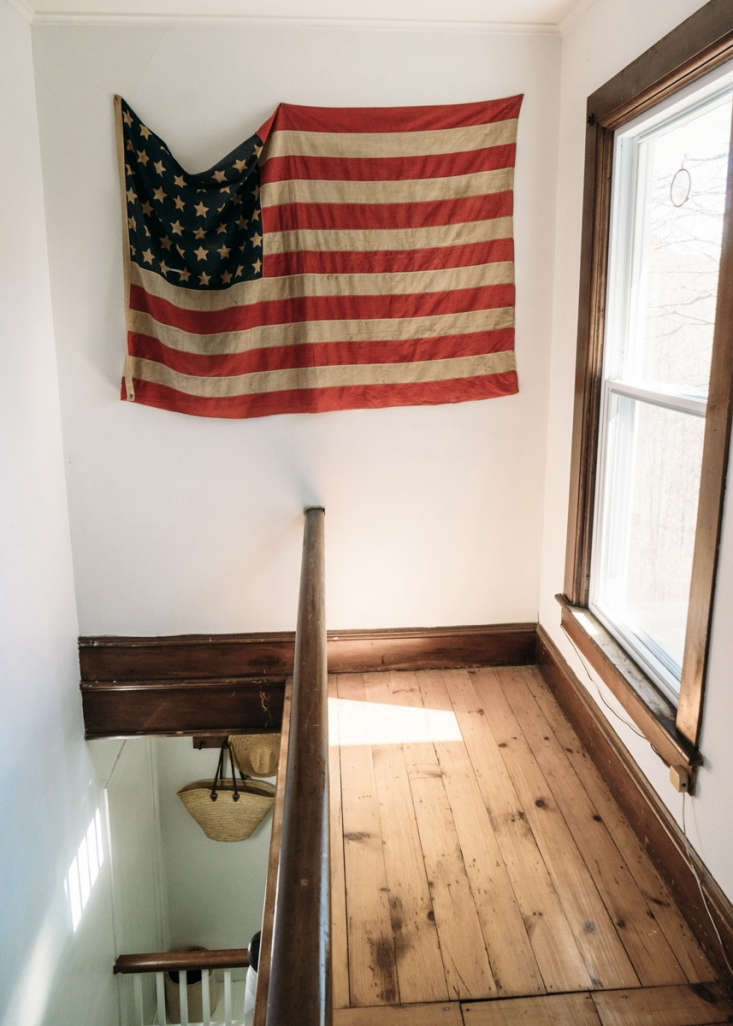
1. Those wood floors might need to replaced.
The good news is, good-quality wood floors can withstand a lot of refinishing—the maximum is about 10, according to Denver-based MacDonalds Hardwoods—which takes more time but is less expensive than total replacement. But if the original wood floors in your farmhouse are getting close to that number, or are just in bad shape (MacDonalds Hardwoods says to look for warping, loose boards, termite damage, or under-floor damage), you may be looking at total-floor replacement while you’re living there. (Otherwise, consult What to Know About the 4 Most Popular Wood Floor Finishes for a few options.)
2. There may be hidden dangers.
Keep in mind that an old farmhouse (or any house built before 1978) may have lead paint on the walls—or asbestos. Lead paint is particularly a problem in window wells, where the paint can flake off or pulverize when the windows open and close. Check with the local authorities for the best, safest way to proceed, and be sure to work with contractors trained to handle toxic substances.
3. You could spend a small fortune upgrading the basics.

4. The charming old windows might be drafty.
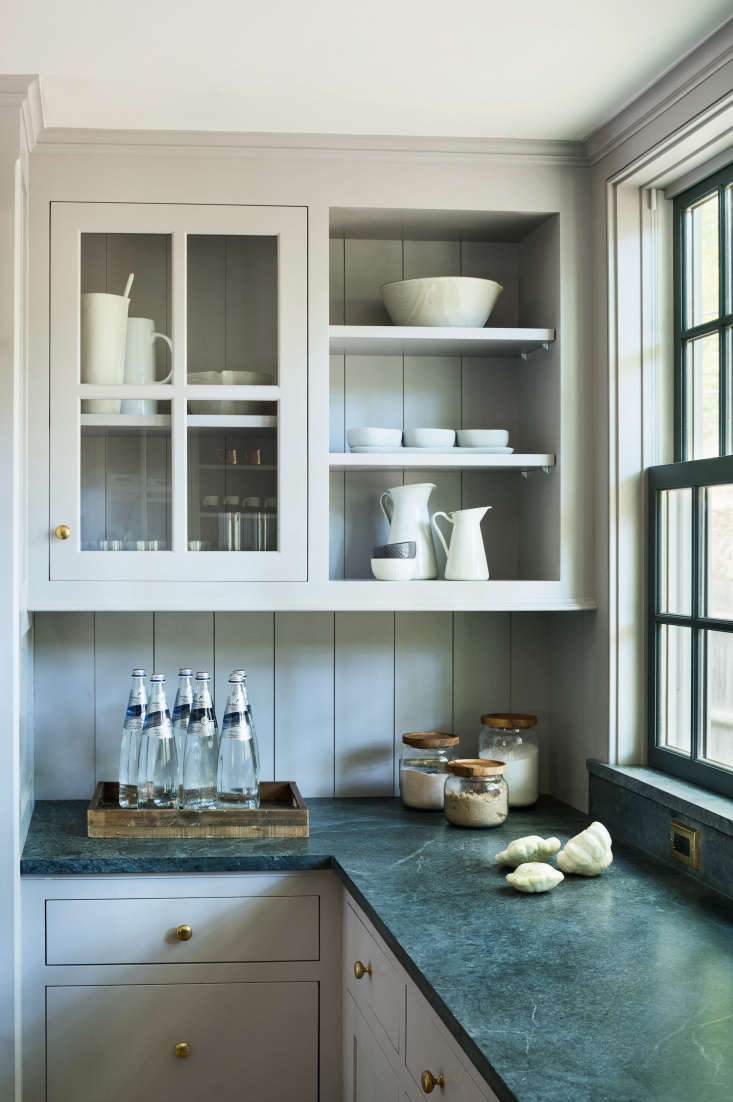
5. Soapstone counters are not quite zero-maintenance.
Soapstone is a popular choice for farmhouse-style interiors, and it’s generally a rugged one: It’s heat-resistant, stain-proof, and isn’t affected by acidic materials. But be forewarned that it can nick and scratch easily (cutting boards are important). Four years in, Fan reports, her soapstone counters have worn unevenly and dent from even dropping a can. (Read her full run-down in Soapstone Counters: Are They Worth It?) And soapstone does require spa treatments—in the form of mineral-oil massages—if a dark, almost black look is what you’re going for. Read more in Remodeling 101: Soapstone Countertops.
6. That clawfoot tub may have to go.
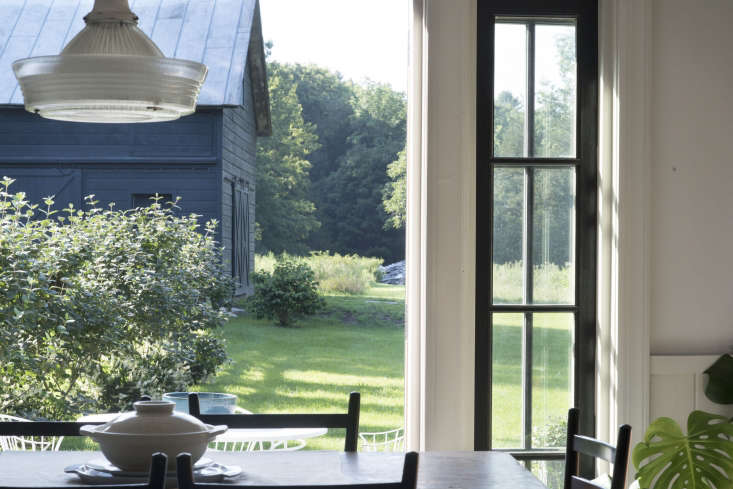
7. Last but not least, get an inspection.
Consult an expert (or two): An official inspector can tell you the nitty-gritty of your house—before you start tearing down walls.
For much more on the fine points of buying (and renovating) old houses, see What to Know When Buying a House: 8 Small Signs that Signal Big Problems—as well as 6 Problems that Shouldn’t Be Dealbreakers.
And for more in our Things Nobody Tells You series, see:
- 10 Things Nobody Tells You About Replacing Your Kitchen Appliances
- 10 Things Nobody Tells You About Plywood
- 10 Things Nobody Tells You About Basement Well-Being
- 10 Things Nobody Tells You About Renovating Your Kitchen
- 10 Things Nobody Tells You About Painting Floors
- 10 Things Nobody Tells You About Subway Tile
- 10 Things Nobody Tells You About Painting Furniture
- 10 Things Nobody Tells You About Washing Your Bedding
- 10 Things Nobody Tells You About the Trendiest Tile of 2019
- 10 Things Nobody Tells You About Renovating Your Bathroom
- 10 Things Nobody Tells You About the Benefits of Wool
- 10 Things Nobody Tells You About Clawfoot Bathtubs
- 10 Things Nobody Tells You About Painting Kitchen Cabinets
- 10 Things Nobody Tells You About Shiplap
- 10 Things Nobody Tells You About Marble Countertops
- 10 Things Nobody Tells You About Painting a Room White
N.B.: Featured photograph by Greta Rybus for Remodelista, from The House That Craigslist Built: A Bare-Bones Farmhouse in Midcoast Maine.
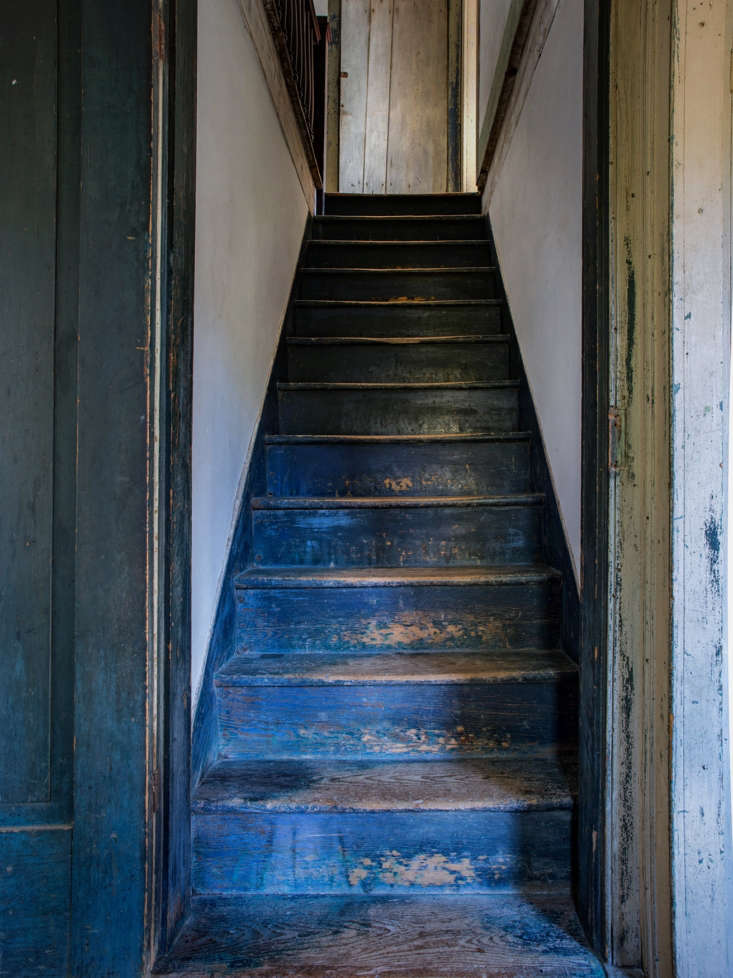

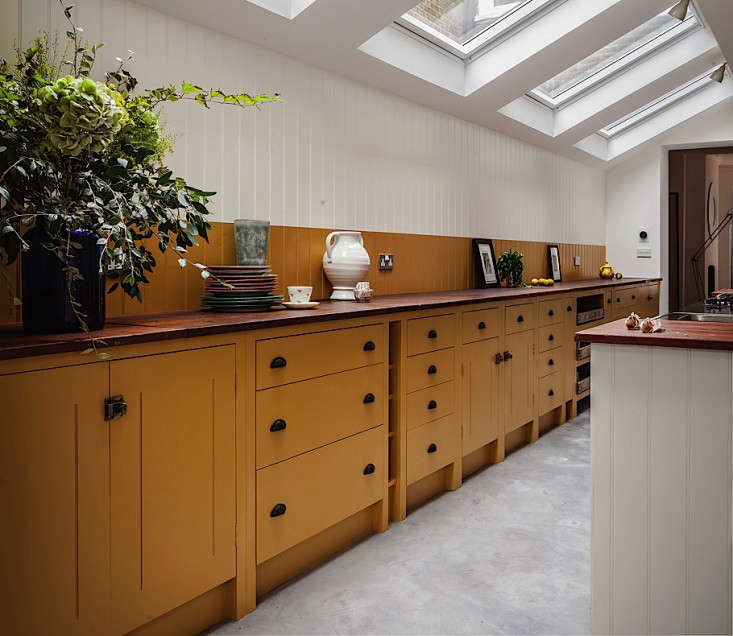
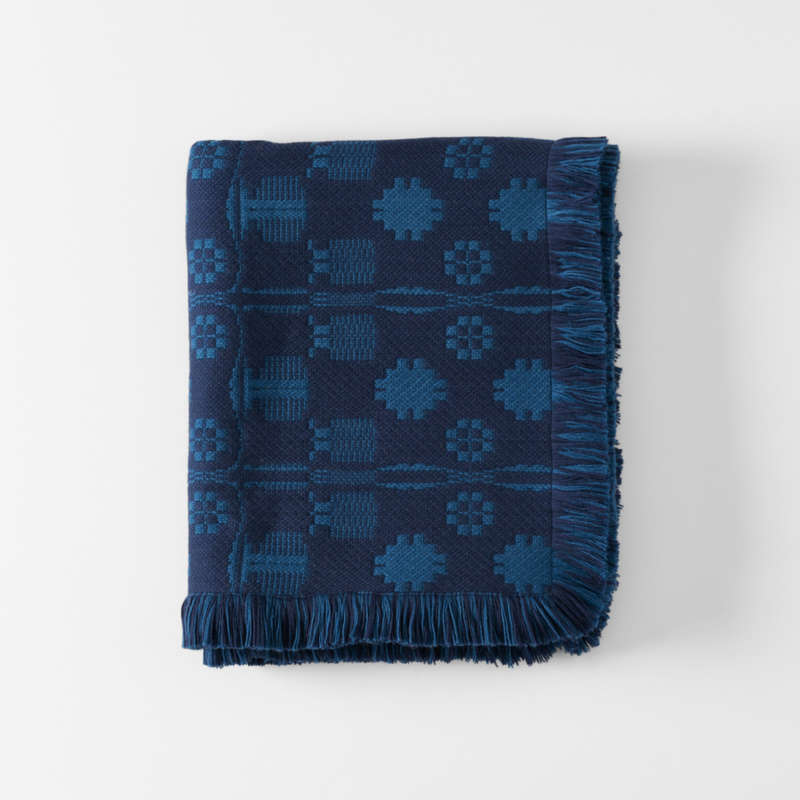


Have a Question or Comment About This Post?
Join the conversation (5)